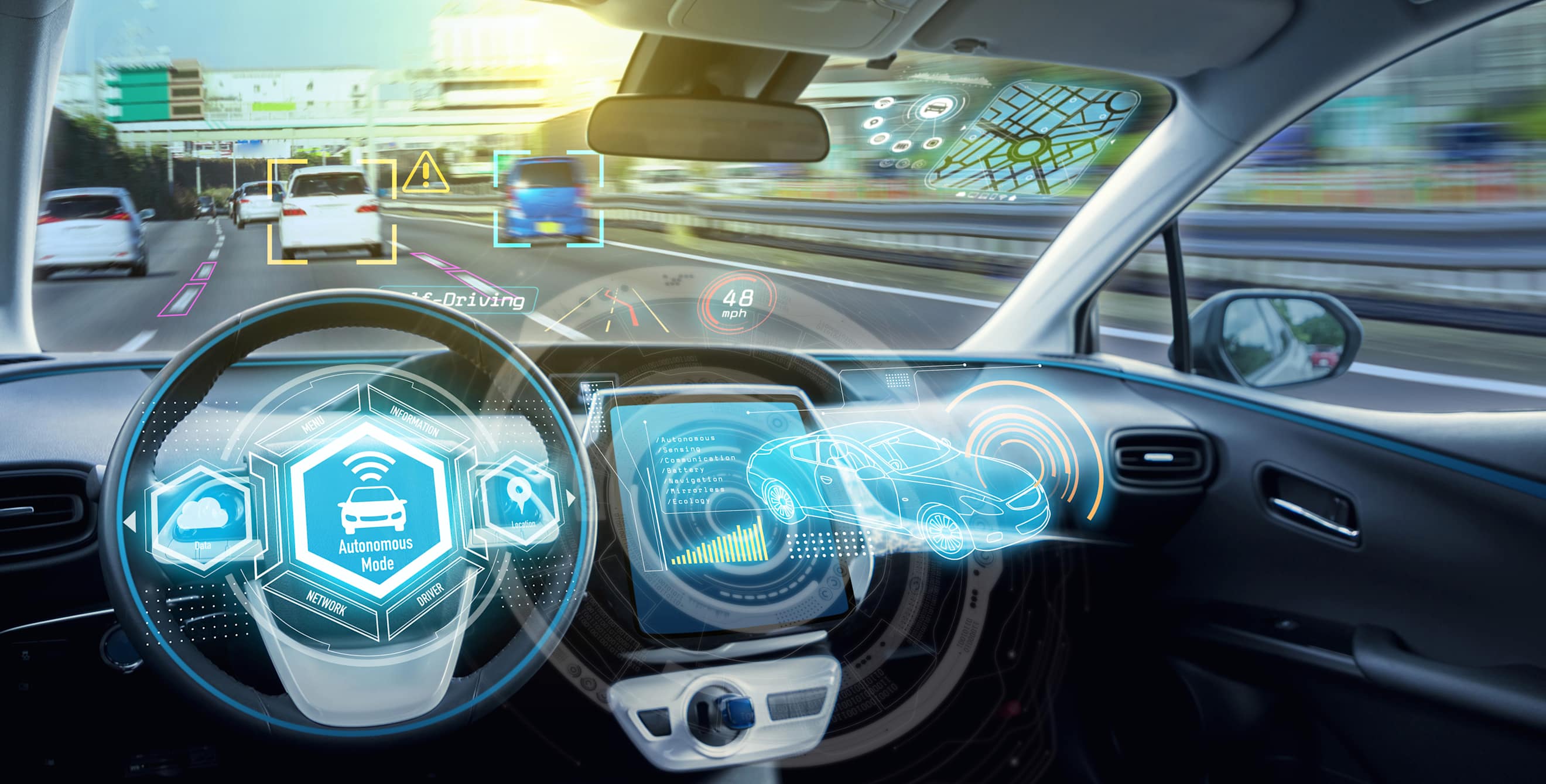
Do You Know How to Use Your Smart Car Safety System?
When it comes to smart cars, also known as advanced driver assistance systems, knowledge is power.

Today’s newer cars come with a slew of dazzling technologies to help you stay safe on the road. Known as advanced driver assistance systems (ADAS), they include features like blind spot warnings, which alerts you when other vehicles are detected in your blind spots, and automatic emergency braking, which activates the brakes if obstructions appear ahead.
The AAA Foundation for Traffic Safety estimates that ADAS could prevent up to 40 percent of all vehicle crashes and nearly 30 percent of traffic deaths—if they’re used properly.
Yet many new-car owners do not know how to do so, according to a recent report commissioned by the AAA Foundation for Traffic Safety. Based on a survey of drivers who recently purchased a 2016 or 2017 model car equipped with ADAS technologies, the report found that most of them did not know or understand the limitations of those safety systems.
For example, 80 percent of those surveyed were unaware that blind spot warning systems can miss bicyclists and pedestrians, as well as vehicles passing at high speeds. Nearly 40 percent of drivers lacked an understanding of forward collision warning and automatic emergency braking systems—or didn’t know the difference between the two. (They commonly believed that forward collision warning systems would apply the brakes automatically when they sensed an obstruction ahead; in fact, they only deliver an alert.) Roughly one in six vehicle owners in the survey did not know whether or not their car was equipped with automatic braking.
Such knowledge gaps and confusion can lead to misuse or over-reliance on ADAS technologies, increasing the risk of injury crashes and fatalities.
“New vehicle safety technology is designed to make driving safer, but it does not replace the important role each of us plays behind the wheel,” says Dr. David Yang, executive director of the AAA Foundation for Traffic Safety. There are two things car buyers can do to make sure they’re using such systems properly.
First, get educated. When buying a new car, ask the dealer plenty of questions and get in-vehicle demonstrations of its safety features before you leave the lot. (Only about half the drivers surveyed by AAA said they received such training.) Read the owner’s manual and be sure you understand the car’s capabilities.
Second, remember that ADAS technologies are adjuncts to—not replacements for—your own vigilance. Don’t rely on them too much. For example, even if your car has blind spot warning, you still need to glance at your side-view mirror and check your blind spot before you change lanes. And remember that such systems don’t keep any eye on the roadway directly behind your vehicle; again, you still have to use your mirror.
Similarly, automatic emergency braking systems can be less effective if their sensors are blocked by dirt, ice, or snow. So even when such systems are engaged, stay alert and be prepared to brake.
The bottom line: Cars are getting smarter. But to take advantage of that intelligence, you need to know what your car can—and can’t—do.
Exceptional coverage. Expert service. Extra savings.
AAA Auto, Home, and Life Insurance.